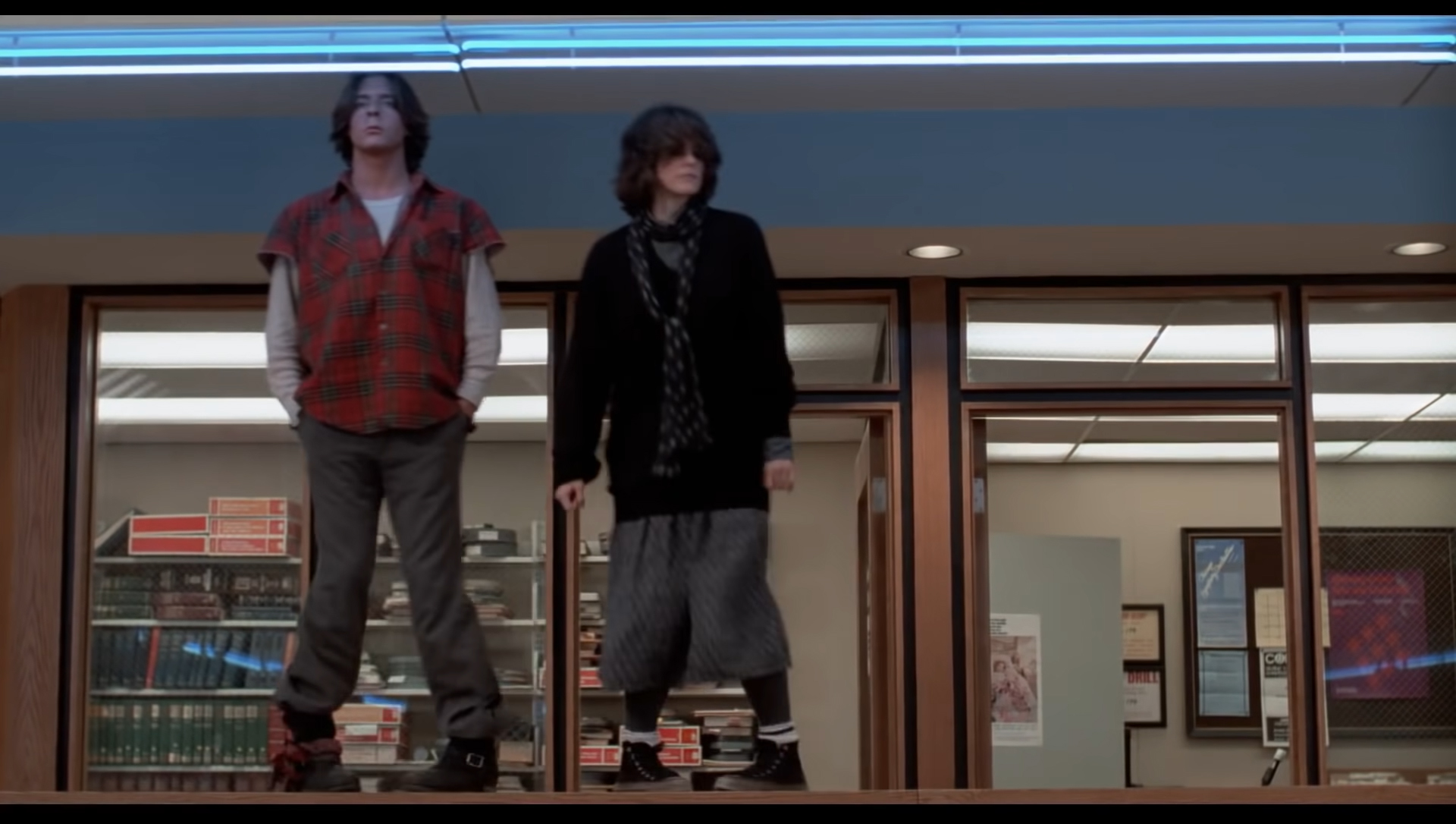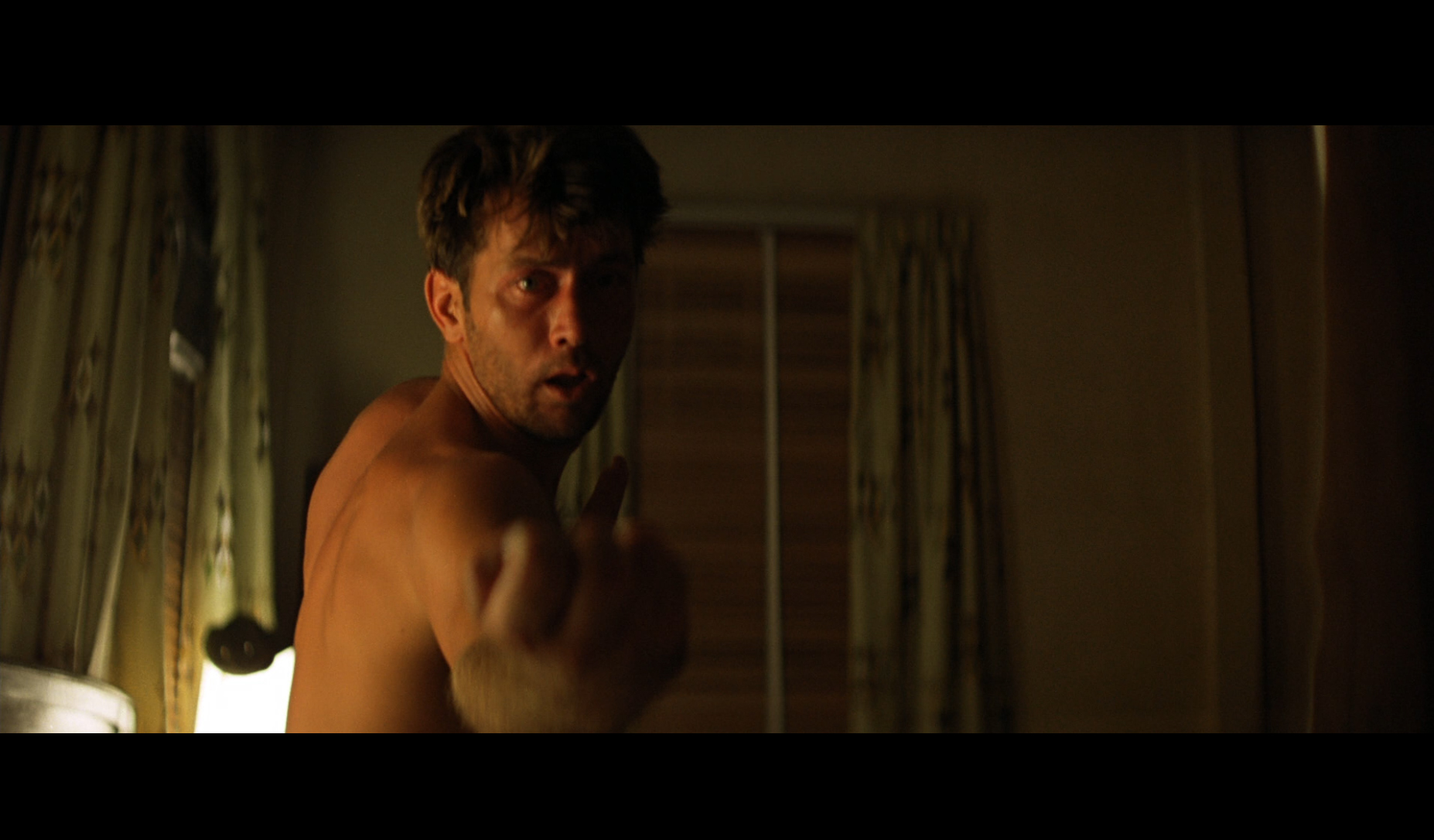In a nutshell
- A jump cut is an edit in a single sequential shot that appears to make the action jump forward in time
- Jump cuts can be used to show the passage of time and the emotional state of a character and be used for special effects and a montage
- Jump cuts are an effective technique to add humor or build tension
The role of a video editor is to create a continuous, flowing sequence from a series of separate video clips. Editors use a range of techniques to ensure that the cuts between shots go unnoticed so that the audience is swept along by the unfolding story. So, why would an editor want to introduce an edit that creates a jarring effect and draws attention to the filmmaking process? It’s time to take a look at the jump cut.
What is a jump cut?
Traditionally, a jump cut is an edit in a single sequential shot that appears to make the action jump forward in time. Imagine you filmed a race using a continuous shot with the runners moving across the frame from left to right. If you cut a few seconds out of that clip and then join the two halves together, what happens? The runners will all appear to jump forward across the frame. That is a jump cut.
30-degree rule
A jump cut can also occur when you cut between two different clips that have been filmed from a similar camera position. This will be perceived by the audience as a jump in the position of the subject rather than a change in the point of view. To prevent this, you should always alter the camera angle by at least 30 degrees between shots. You may know this as the 30-degree rule.
Advertisement
Cutting on action
Additionally, jump cuts happen when you cut between shots on an action. Imagine you have a wide shot of a person walking to a shelf to get a book. You then cut to a medium shot as they lift the book. If you cut from the wide shot before the person touches the book to the medium shot when the book is already in their hand, you have a jump cut. The book will appear to magically fly into the person’s hand.
How can you use a jump cut?
The aim of continuity editing is to make a series of different clips appear to the audience as one continuous sequence. The viewers should be engrossed in the story and not notice the edits as you cut between different shots. In these circumstances, therefore, a jump cut would be considered a mistake. This is because jump cuts can distract the audience and break their suspension of disbelief. However, when used deliberately as a stylistic choice, jump cuts can be a powerful editing technique to add tension or humor.
Special effects
Georges Méliès was a pioneer in the early days of cinema at the start of the 20th century. Méliès used jump cuts to add special effects to his films, making people disappear or appear to transform into skeletons. He simply used the trick of stopping the camera and removing or replacing the subject. He then began filming again without moving the camera. Legend has it that Méliès stumbled on the technique by accident when his camera jammed while filming on a street in Paris. The inadvertent stopping and restarting of the camera created a sequence in which a bus appeared to change into a hearse.


To show the passage of time
Jump cuts can be used to portray the passage of time in a stylistic and visually interesting way. For example, a character in your film may be waiting for an important parcel to arrive. You could set the camera up for a static shot in a single room and then cut between the character sitting or standing in different places. This would be very effective in conveying to the audience that time has passed. Depending upon the poses of your actor, this could be used for a comedic scene or for showing growing tension in a thriller.



To show the emotional state of a character
Jump cuts can be disorientating for the audience. As such, you can use them to give the viewers an insight into the emotional state of a character. For example, using rapid jump cuts as a police officer tries to defuse a ticking time bomb will create a sense of panic and urgency. Alternatively, you could use jump cuts in a sequence as one character tries to explain their emotions to another person. This could help the audience to understand the distressed mental state of the character.
Montage
Jump cuts are frequently used as part of a montage sequence. This works because audiences understand that the normal rules of continuity editing don’t apply during a montage. Jump cuts in montages can be used to build tension, such as a soldier preparing their kit for a battle. They are also ideal for creating comedy, perhaps showing a character repeatedly failing at a task in a humorous way. This technique is used in Spiderman (2002) when Peter Parker is trying to shoot a web for the first time.
Social media
Jump cuts are a staple ingredient in online videos and content made by content creators. YouTubers often use jump cuts to edit out any pauses or stumbles in their delivery. This creates a fast-flowing sequence with a high level of energy, especially with some upbeat music in the background. For a documentary, you would normally use B-roll or cutaways to hide the jump cuts. However, for social media videos, the disjointed nature of this style of editing has become the norm.
In mainstream cinema
To learn more about jump cuts, there are many examples in mainstream cinema that you can study. Here are a few examples to get you started:
“Breathless (À Bout De Souffle)” (1960)
The late Jean-Luc Godard was a leading figure in the French New Wave cinema movement. His crime thriller “Breathless” (1960) is often cited as one of the movies which brought jump cuts into mainstream acceptance. The use of jump cuts during dialogue sequences can be seen as illustrating the mental state of the main character. However, there are also rumors that Godard used the technique to make the film unmarketable after a producer ordered him to reduce the running time. Whatever the true reason for its jump cuts, “Breathless” has been a major influence on many modern directors, including Quentin Tarantino and Martin Scorsese.



“The Breakfast Club” (1985)
In “The Breakfast Club” (1985), jump cuts are used during a montage sequence. The technique is used for a comic effect showing the five students dancing while illustrating the passing of time. However, the jump cuts also show the transition as the students become friends despite their initial differences.



“Deadpool” (2016)
The high-energy editing of action movies is ideal for jump cuts, especially where there is an element of comedy. One example of this is the montage sequence in “Deadpool” (2016), where protagonist Wade Wilson is shown making his costume. The camera tracks around Wilson in a series of cuts as he makes his superhero costume. The technique adds great pace and energy to the scene.



“Schindler’s List” (1993)
“Schindler’s List” (1993) is a powerful film about a very serious event in history. However, director Steven Spielberg still manages to add a little lightness during the scene where Schindler interviews a series of women as candidates to be his secretary. Jump cuts are used between single shots of each woman typing while Schindler watches. His preference for each candidate is clearly shown as he leans forwards more intently. The sequence is also used to establish the character of Schindler as a womanizer without the use of any dialogue.



“Apocalypse Now” (1979)
The opening scene of Francis Ford Coppola’s epic war film shows Captain Willard suffering a breakdown in his hotel room. Coppola used jump cuts to illustrate Willard’s fractured mental state. Edited to a hypnotic soundtrack, it creates a very powerful opening to the film that Roger Ebert named as one of the ten greatest films of all time.



Further study
If you want to study more films that make effective use of jump cuts, then you should look at the work of directors such as:
- Edgar Wright: “Baby Driver” (2017) and “Shaun of the Dead” (2004)
- Guy Ritchie: “Snatch” (2000) and “Lock, Stock and Two Smoking Barrels” (1998)
- Terence Malick: “The Tree of Life” (2011)
Jump with purpose
Now that you understand more about jump cuts, you can try the technique in your next film. However, you should always remember to use jump cuts deliberately to achieve a specific purpose. Dropped into an edit for no reason, a jump cut will just appear to be a mistake. It is also important not to overuse jump cuts, or their constant jarring effect will prevent your audience from engaging with your story. But, used carefully, the jump cut can be a very powerful technique for a filmmaker.


